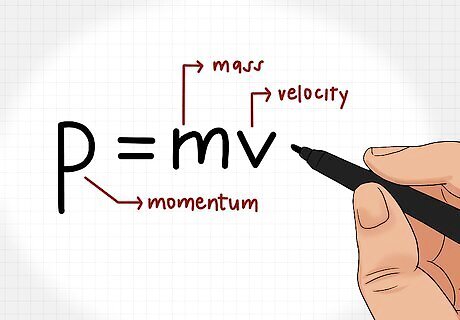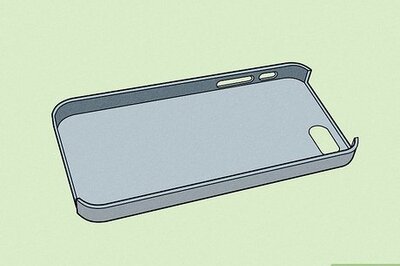
views
X
Research source

Write down the formula p = m v {\displaystyle p=mv} p=mv. In the formula, p {\displaystyle p} p stands for the momentum, m {\displaystyle m} m stands for the mass, and v {\displaystyle v} v stands for the velocity.

Find the mass. Mass is the amount of matter in an object. To measure the mass of an object, you can use a balance. In physics, there is a rule: you have to measure things in SI units which all the scientists in the world use. The SI unit for mass is kilogram or kg.

Find the velocity. Velocity is the speed and the direction that the object travels. Right now, we will only concentrate on the speed part. (While speed is just a scalar that has just a magnitude, velocity is a vector that has a magnitude and direction. However, momentum is not affected by direction.) You can calculate the velocity of an object by dividing the distance that the object traveled by the time it took to travel the distance. Again, you have to measure velocity in SI unit. The SI unit for velocity is m/s (meters per second).
Following the formula p = m v {\displaystyle p=mv} p=mv, plug in the mass and the velocity.
Multiply the mass by the velocity. That is the momentum! The measurement for momentum is kg*m/s. For example, when the mass of an object is 4 k g {\displaystyle 4kg} 4kg and its velocity is 2.5 m s {\displaystyle 2.5{\frac {m}{s}}} 2.5{\frac {m}{s}}, then its momentum is equal to 4 k g ⋅ 2.5 m s = 10 k g ⋅ m s {\displaystyle 4kg\cdot 2.5{\frac {m}{s}}=10{\frac {kg\cdot m}{s}}} 4kg\cdot 2.5{\frac {m}{s}}=10{\frac {kg\cdot m}{s}}.




















Comments
0 comment